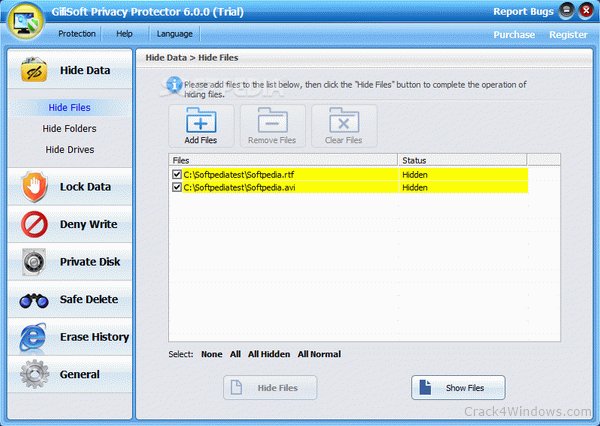
We found that much of enhancer-associated Mediator occupies exceptionally large enhancer domains and that these domains are associated with genes that play prominent roles in ESC biology.

Interest in further understanding the importance of Mediator in ESCs led us to further investigate enhancers bound by the master transcription factors and Mediator in these cells. It is unclear why reduced levels of Mediator, a general coactivator, can phenocopy the effects of reduced levels of Oct4 in ESCs. Indeed, reductions in the levels of many subunits of Mediator cause the same rapid loss of ESC-specific gene expression as loss of Oct4 and other master transcription factors ( Kagey et al., 2010). The Mediator complex facilitates the ability of enhancer-bound transcription factors to recruit RNA Pol II to the promoters of target genes ( Borggrefe and Yue, 2011 Conaway and Conaway, 2011 Kornberg, 2005 Malik and Roeder, 2010) and is essential for maintenance of ESC state and embryonic development ( Ito et al., 2000 Kagey et al., 2010 Risley et al., 2010).ĮSCs are highly sensitive to reduced levels of Mediator. These transcription factors, which include Oct4, Sox2 and Nanog, bind to enhancers together with the Mediator coactivator complex ( Kagey et al., 2010). In embryonic stem cells (ESCs), control of the gene expression program that establishes and maintains ESC state is dependent on a remarkably small number of master transcription factors ( Ng and Surani, 2011 Orkin and Hochedlinger, 2011 Young, 2011). The number of enhancers that are active in any one cell type has been estimated to be in the tens of thousands and enhancer activity is largely cell type-specific ( Bernstein et al., 2012 Heintzman et al., 2009 Shen et al., 2012 Visel et al., 2009 Yip et al., 2012). Between 400,000 and 1.4 million putative enhancers have been identified in the mammalian genome by using a variety of high-throughput techniques that detect features of enhancers such as specific histone modifications ( Bernstein et al., 2012 Thurman et al., 2012). Much of the transcriptional control of mammalian development is due to the diverse activity of transcription factor-bound enhancers that control cell type-specific patterns of gene expression ( Bulger and Groudine, 2011 Hawrylycz et al., 2012 Maston et al., 2006). Enhancers are segments of DNA that are generally a few hundred base pairs in length and are typically occupied by multiple transcription factors ( Carey, 1998 Levine and Tjian, 2003 Panne, 2008 Spitz and Furlong, 2012). Transcription factors typically regulate gene expression by binding cis-acting regulatory elements known as enhancers and recruiting coactivators and RNA Polymerase II (RNA Pol II) to target genes ( Lelli et al., 2012 Ong and Corces, 2011). Super-enhancers thus play key roles in the control of mammalian cell identity. In other more differentiated cells, super-enhancers containing cell type-specific master transcription factors are also found at genes that define cell identity.


Reduced levels of Oct4 or Mediator cause preferential loss of expression of super-enhancer-associated genes relative to other genes, suggesting how changes in gene expression programs might be accomplished during development. Super-enhancers differ from typical enhancers in size, transcription factor density and content, ability to activate transcription, and sensitivity to perturbation. These domains, which we call super-enhancers, consist of clusters of enhancers that are densely occupied by the master regulators and Mediator. We report here that the ESC master transcription factors form unusual enhancer domains at most genes that control the pluripotent state. Master transcription factors Oct4, Sox2 and Nanog bind enhancer elements and recruit Mediator to activate much of the gene expression program of pluripotent embryonic stem cells (ESCs).


 0 kommentar(er)
0 kommentar(er)
